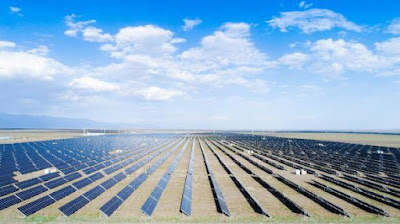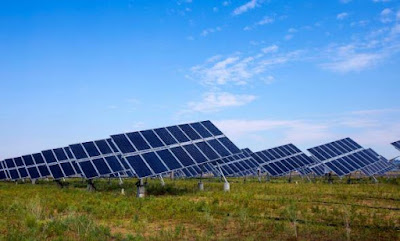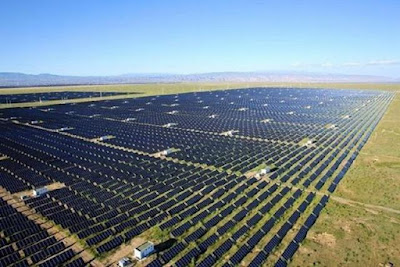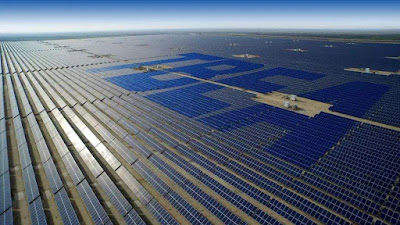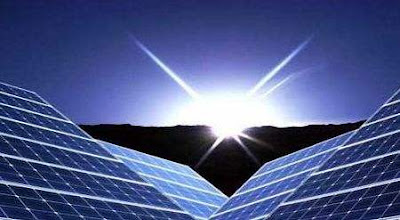In 2017, the results of the national supervision and random inspection of the quality of China's photovoltaic grid-connected inverters were announced. This time, a total of 27 batches of photovoltaic grid-connected inverters produced by 27 companies in 5 provinces and municipalities including Shanghai, Jiangsu, Zhejiang, Anhui, and Guangdong were randomly inspected. Protection connection, touch current, power frequency withstand voltage of solid insulation, rated input and output, conversion efficiency, harmonic and waveform distortion, power factor, DC component, AC output side over/under voltage for photovoltaic grid-connected inverter products Nine items including protection were tested.
In 2017, the unqualified rate of solar inverters reached 22%
The results showed that 6 batches of products did not meet the requirements of the standard, involving rated input and output, conversion efficiency, harmonic and waveform distortion, power factor, DC component, AC output side over/under voltage protection items.
What is worrying is that 6 batches of the 27 batches of photovoltaic grid-connected inverters that were spot-checked were unqualified, and the product failure rate reached 22%, which was 10 percentage points higher than that in 2016. Although there were 6 batches of unqualified solar inverters in 2016, a total of 52 batches of photovoltaic grid-connected inverters were randomly checked, and the unqualified rate of products was 11.5%.

Annoying AC output side over/under voltage protection
According to the two-year spot check results, the solar inverters in 2016 are mainly two items of AC output side over/under voltage protection, harmonics and waveform distortion. In the past two years, the over/under voltage protection on the AC output side has become the most problematic item. So what function does this project refer to the inverter? Why does this project always go wrong?
It is understood that the so-called over-voltage/under-voltage protection on the AC output side means that when the photovoltaic power station supplies power to the grid through the grid-connected inverter, when it is detected that the voltage at the AC output terminal of the inverter exceeds (or falls below) the allowable voltage of the grid When the range is reached, the inverter will automatically disconnect the AC contactor, stop supplying power to the grid, and send out a warning signal at the same time. The role of this function of the inverter is obvious, that is, to ensure the safe power supply of the photovoltaic power station under the premise of ensuring the stability of the grid. For the power grid, the access of a large amount of power exceeding the allowable voltage range is likely to cause damage to the stability of the power grid. Due to the instability of the photovoltaic power station itself, the performance of the overvoltage/undervoltage protection on the AC output side of the inverter determines the grid friendliness of photovoltaic power generation, and its importance is self-evident.



